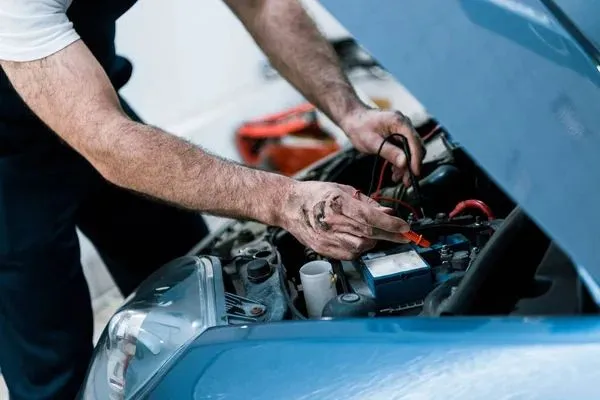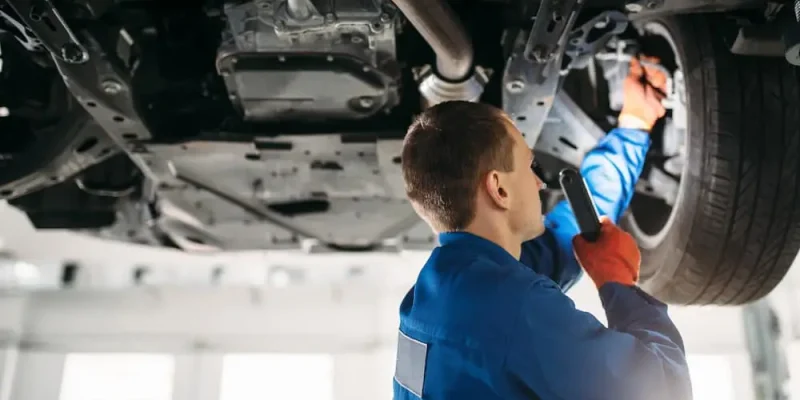As the central component of hydraulic braking, the master cylinder is an essential part of a car’s braking system. Its function is to generate hydraulic pressure from the force exerted on the brake pedal. For ensuring your master cylinder and overall braking system are functioning optimally, consulting professionals in Auto Repair in Watership Twp, MI can provide expert care and maintenance. This mechanical force compresses the braking fluid inside the master cylinder by pushing a piston when the driver applies pressure to the brake pedal. The car stops effectively and dependably thanks to the pressure created by the hydraulic fluid’s animation, which is then transferred to the brake callipers via a system of brake lines.
The Role of Brake Lines
An essential component of the hydraulic system, brake lines is tubes that carry braking fluid from the master cylinder to the brake callipers. These lines are intended to endure the high pressures produced during braking and are typically composed of steel or reinforced rubber. This unwavering force moves quickly and evenly through the brake lines when the master cylinder produces hydraulic pressure. It is crucial that these lines remain intact since deterioration or corrosion may cause brake fluid leaks, which would reduce the efficiency of the brakes. This emphasizes how crucial regular checks are to maintaining brake lines in top shape.
Callipers and Their Function

By clamping down on the brake rotors to provide the friction required to slow down or stop the car, brake callipers play a crucial part in the braking process. The callipers employ the hydraulic pressure that is transferred from the master cylinder through the braking lines to press the brake pads up against the rotors. By doing this, the friction required to slow the wheels and stop the car is created. Depending on the callipers’ design, the brake pads’ state, and the kind of brake fluid being used, this mechanism’s efficiency can vary greatly.
The Interaction of Components
Effective braking performance depends on the interaction of the callipers, brake lines, and master cylinder. The master cylinder starts the operation by forcing braking fluid through the lines when the brake pedal is depressed. The callipers may provide pressure to the brake pads, which then hold onto the rotors, thanks to this hydraulic power. This relationship may be disrupted by a master cylinder failure or a brake line issue, which could result in decreased braking effectiveness or total brake failure.
Maintaining a Smooth Braking System
The brake system needs regular inspections and maintenance to work properly. Check for wear symptoms like leaking brake fluid or sticky brake pedals. Routine checks can detect master cylinder, brake line, and calliper abnormalities before they become safety hazards. Maintaining this system ensures the brakes work properly when needed, providing peace of mind and vehicle safety.

Comments